The horse has evolved over millions of years to be specifically adapted to survive in its environment. Not only did its physique changed to enable it to survive but its digestive system also evolved to be suited to its natural diet.
The natural facts.
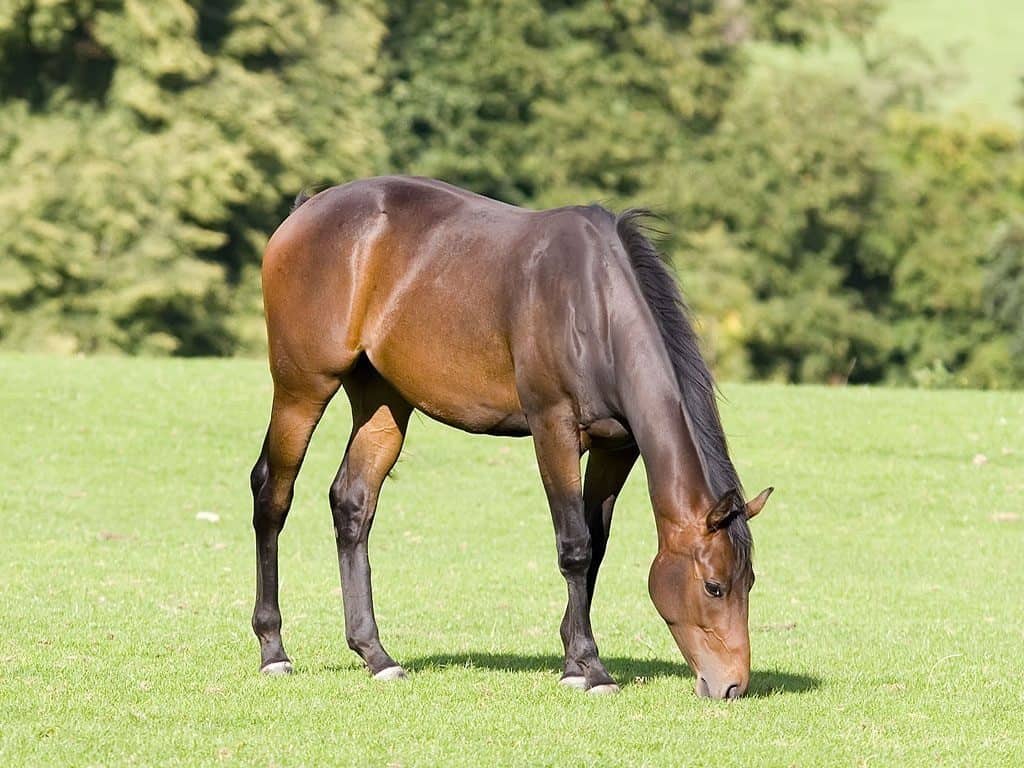
The horse evolved to roam over large areas, grazing on fibrous material for 16 hours a day. A process known as trickle feeding. The horse did not need a large stomach for this as it never ate a large meal but rather kept constantly snacking. In turn this allowed the horse to be ready to run away from predators as the stomach did not impede the action of breathing.
The seasons changed gradually and the horses diet also changed gradually allowing the bacteria in the hind gut to adapt in harmony with the changing diet. The very action of movement helped to stimulate the passage of food through the gut. The gut was never completely empty or over full. Horses put on condition in the summer, laying down reserves of fat to keep them warm and use as stored energy in the winter months, often coming out of the winter on the lean side.
The gut itself evolved with a series of complicated one way valves, sharp turns and variation in passage way size all to prevent back flow of the gut contents and maximize breakdown and absorption of nutrients from the tough fibre it lived off.
Then There Was Man!
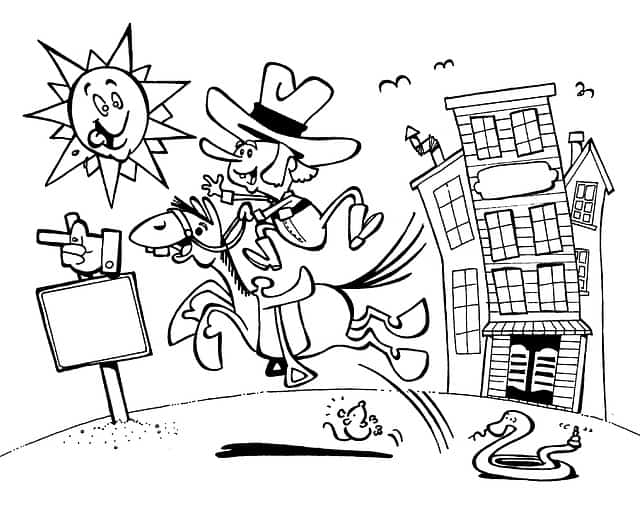
Man domesticated the horse to utilize its strength and speed and in doing so needed to alter the horse’s life style, moving away from what it had evolved to deal with naturally.
We must remember it has taken millions of years to evolve and our time in its life is just a “blip” in its evolution. It is generally necessary to keep horses on restricted areas of grazing or to have them stabled, by doing this we control intake of fibre, restrict movement and often have periods of time when the horse has nothing to chew on.
Grazing can be in short supply and to provide energy for work, therefore concentrate feeds are fed and fibre is reduced. This can sometimes happen quite quickly and upset the balance of gut bacteria. The increased requirements for energy for work require the feeding of a more concentrated form of feed as roughage alone can only supply maintenance rations. Along with this to allow the horse to perform athletically we require a “fit” body not one with a large bulky belly often seen in those on a high fibre diet.
Although it can be argued that what we expect the modern horse to do is not natural we can also argue that many of the problems associated with the domestic horse can be down to this unnatural style of use and care, especially feeding. The modern horseman has even developed a set of rules to be followed in an attempt to avoid digestive disorders.
Obey the rules!
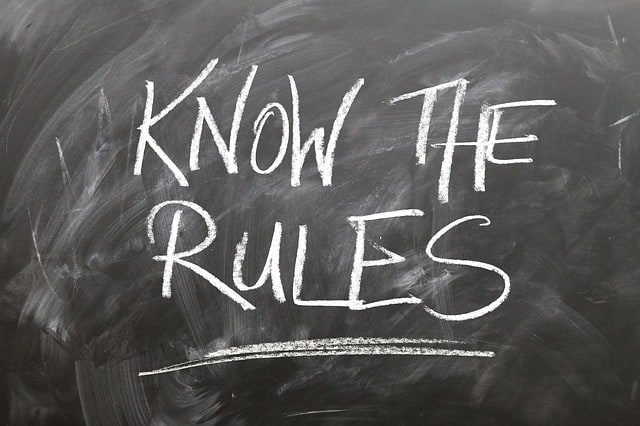
The rules of feeding can be found in many good equine texts, and although they can be worded differently they are basically the same. They are all in place to try to complement the horses natural digestion while allowing for the demands of the modern athletic horse. So here we go, let’s expand on some of the reasoning behind what I consider to be the most important. Although this is not a comprehensive list of the rules for me they form most important in relation to how the horses digestive system wants to be treated ;
Feed plenty of roughage.
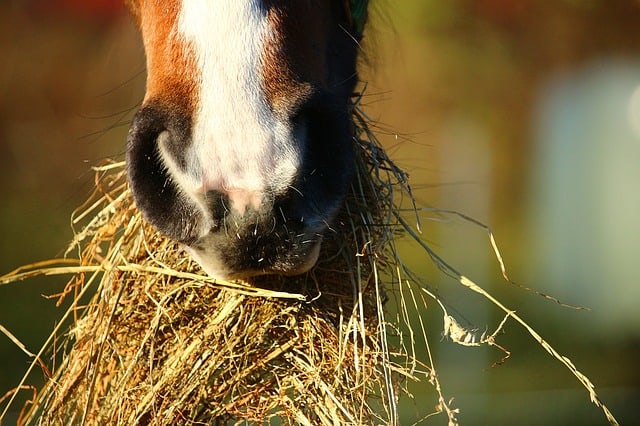
It complements the natural diet, fulfills the need to chew thus prevents boredom and helps produce saliva which buffers stomach acid. In turn if fed prior to concentrate feed it slows the passage of food through the small intestine. This all helps eliminate stable vices, prevent ulcers. It allows concentrates to be broken down and absorbed in the small intestine which can eliminate upsetting bacteria in the hind gut that can lead to colic, laminitis and tying up. Even those horses at peak athletic performance should never be fed less than 1.5% of their body weight in roughage.
Feed little and often.
The horse has a small stomach. 1/3 Of this is designed to be empty, 1/3 is full of gastric juices and we have 1/3 of it that can accommodate food. All in all designed to trickle feed. Over filling causes acid in the stomach to come in contact with a sensitive area not capable of tolerating it. The design of the stomach is such that overfilling can cause undigested food to pass out to quickly. This can all lead to development of ulcers from the acid and undigested feed can ferment and cause gas build up leading to colic.
Make changes in the diet gradually.
Sudden changes in the diet cause the delicate balance of bacteria in the caecum to become disturbed. Some may die off causing a toxic environment and populations of others may be too small to effectively convert the products of feed breakdown. This can lead to colic, laminitis and tying up.
Always feed good quality feeds.
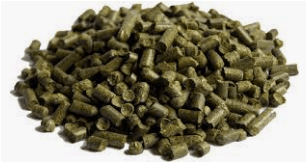
Horses are fussy feeders, they have a one way system and cannot get sick due to the one way valves entering and leaving the
stomach. Their sense of taste and smell is highly evolved to try to make sure they do not ingest any tainted feed. If the food smells or tastes unpalatable they will chose not to eat it unless desperate.
However if they can’t choose or can’t detect it then they often ingest toxins unknowingly. The acid in the stomach gives some protection in this regard but if exposed to more than one challenge the horse can be seriously compromised. Moulds on feed are often not visible and the toxins they produce can cause digestive disorders. Be careful how you store your feed, always buy from a reputable source with a high turnover. Employ stock rotation at home and keep all feed containers clean. You may consider getting your hay analysed or using a concentrate with a toxin binder added if you feel your horse is at risk.
Water is the Most Important Nutrient.
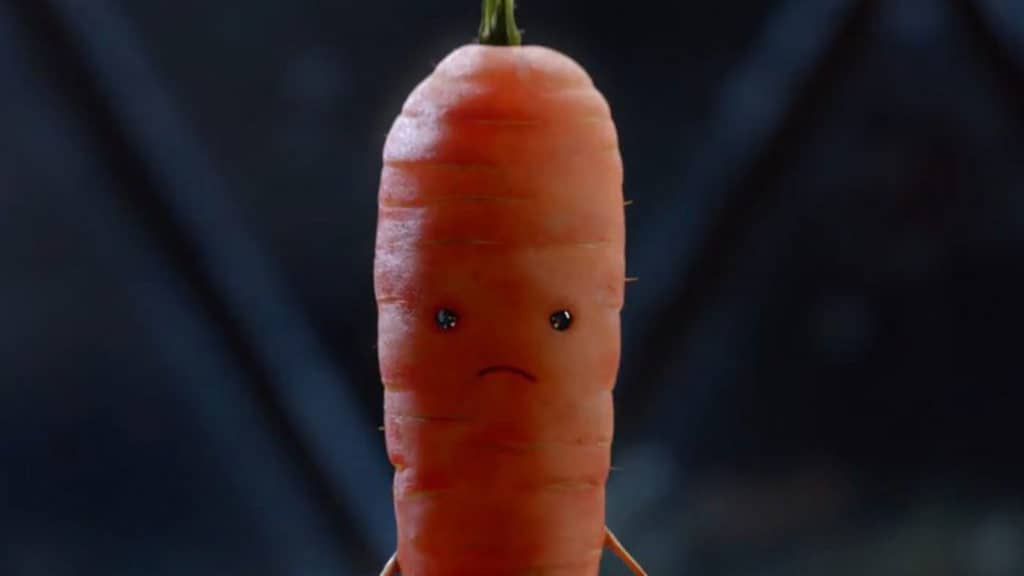
As a foot note remember that Water is always the most important nutrient to supply. All horses are individuals and should be fed according to their requirements for age, condition and work load. A horse should not work directly after being fed and that feeding something succulent daily is natural and can add valuable vitamins to the diet, but don’t tell Kevin;-) Happy Christmas!
Article written by Jessica Soley BHSI – Originally published in our Second Issue of Irish Sport Horse Magazine December 2018.
Jessica Soley BHSI is a level 5 performance coach and Senior assessor for the British Horse Society. Having competed and run her own competition yard she is now an Equine Tutor for QQI Equine courses at level 5&6 run by KWETB in Kildare. For more information check out;
http://www.curraghpps.ie/plc.html or email -curraghequine@kwetb.ie
